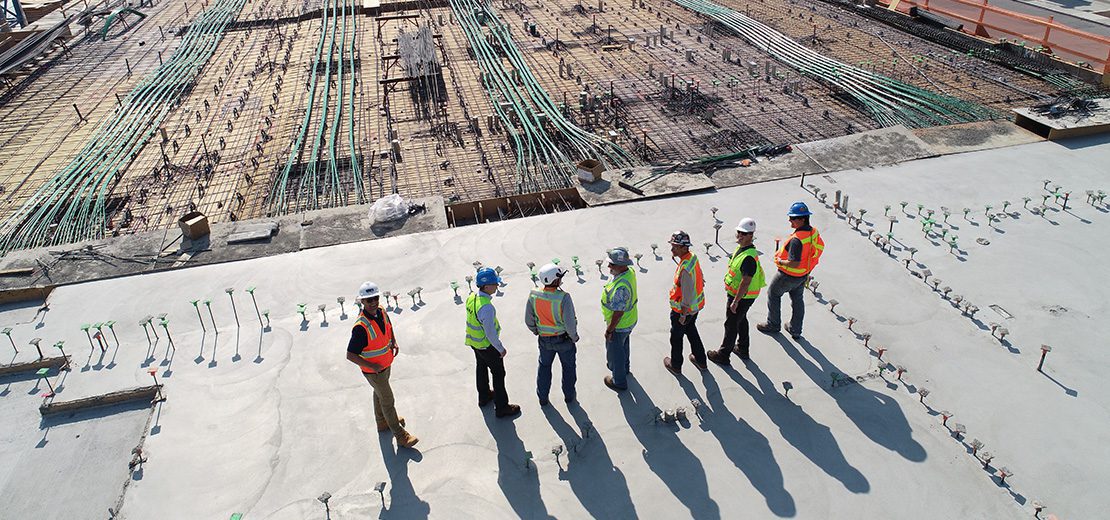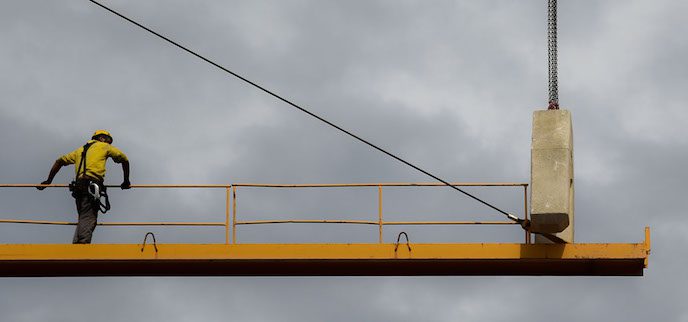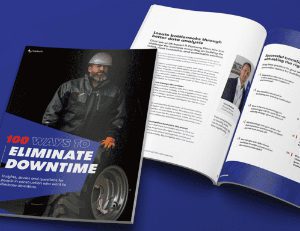

A true understanding of user problems can only happen from a direct interaction with the users themselves, asking the right questions and even understanding how the machines affect their daily jobs.

You can map user problems and identify needs in a number of ways; analyzing user journeys, completing “follow me home” research, competition analysis, and ethnographic interviews. We all probably have an idea, a belief and a couple of good guesses beforehand about what will truly ease the user in getting his daily tasks done. However, the interview is a great tool for minimizing own assumptions that are hard-wired into how we see the world.
During the interview, empathy is key to putting the interviewee in a trusting state where he discloses important information. A real interview hack is also to get away from the general and ask about specific matters, e.g. “When was the last time you experienced this?”, “What happened?”, “How often does this happen?”, etc.
A well-planned and well-structured interview will serve as a direct source into the user’s feelings and experiences about where his tasks become unproductive and what causes setbacks and frustration – a common scenario in the construction industry.
Close to 100 deep interviews have been conducted across Europe and North America with the purpose of gaining new insights into what will make the user’s job faster, easier, safer and more efficient. To reach these insights, the interview process must be structured around three pillars; the good workday, the bad workday and the information flow around the machine. Uncovering the details of these three pillars will disclose patterns on not only what the user thinks and feels about his workday, but also what he genuinely faces and experiences, and last, but not least, how a digital workflow can support such experiences.
The first part of the interview centers around what the user believes to be characteristic of a good workday using examples and detailed descriptions. The answers will reveal the gains, that is what is needed to achieve the “high energy feeling” and “happy moments” during the workday. Some gains will be expected and easy to point out, but the power of the user interview is that the real-life answers will most likely also shine a surprising light on gains we could have never thought about before.

Same goes for the bad workday pillar of the interview which will specify the root of the “low energy feelings” and “sad moments”. This taps right into the user’s frustrations and will allow him to explain what and why anything causes hassle and problems. Anything challenging or preventing a job to be done will surface during this stage of the interview.
The final pillar extracts the user’s experience about the daily information flow. The links and communication flows between all the actors and machines become clear and strengths and weaknesses in the typical user journey will stand out. This final process lets the user outline which decisions are needed throughout a working day, which information is used to make these decisions, and finally which information deriving from the machine is needed.

Listening carefully to your users, learning about their needs, wishes and experiences will empower you to deliver the winning software product for the construction industry that actually makes a lasting difference. The information you get from the interviews will give you invaluable knowledge straight from the horse’s mouth. There is no guessing involved here.
This real-life insight cannot be gained in any other way than by directly involving the users who are actually out there working with machines day in and day out. These are the real experts of the construction industry- and your direct ticket to delivering a software product that reflects a deep understanding of their daily tasks and most importantly a software product that solves their unmet needs.

Never miss an insight. We’ll email you when new articles are published on this topic.

